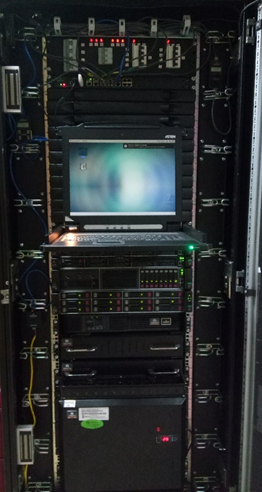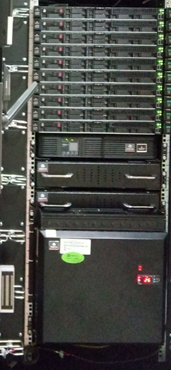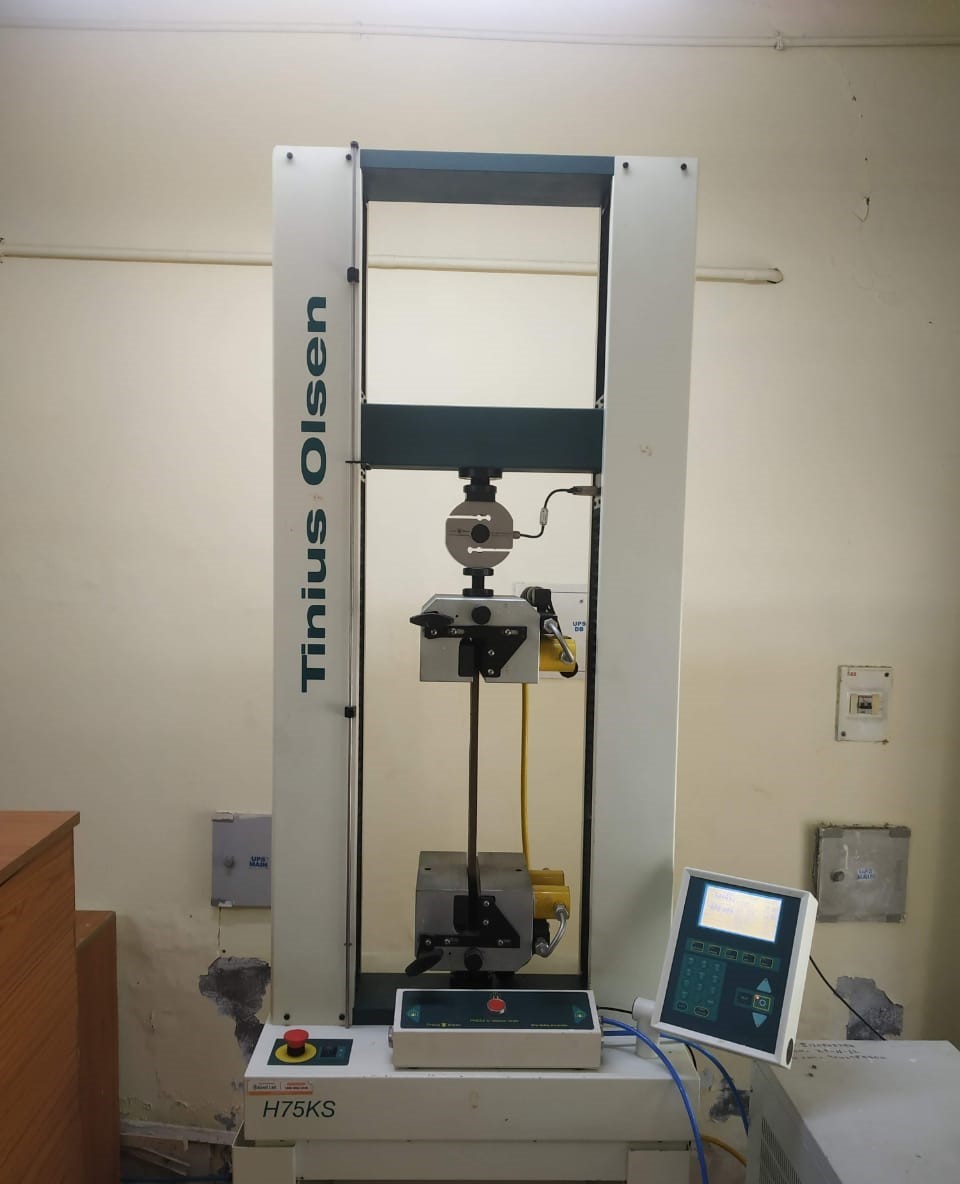The APSML is equipped with the facilities for both the numerical and experimental investigations on innovative structural forms and prototype designs. Existing facilities include mechanical testing equipments (static and dynamic loading machines) and high-performance computing facility with non-linear finite element programs.
Instrumented Impact Machine (Model: CEAST 9350 Drop Tower Impact System)
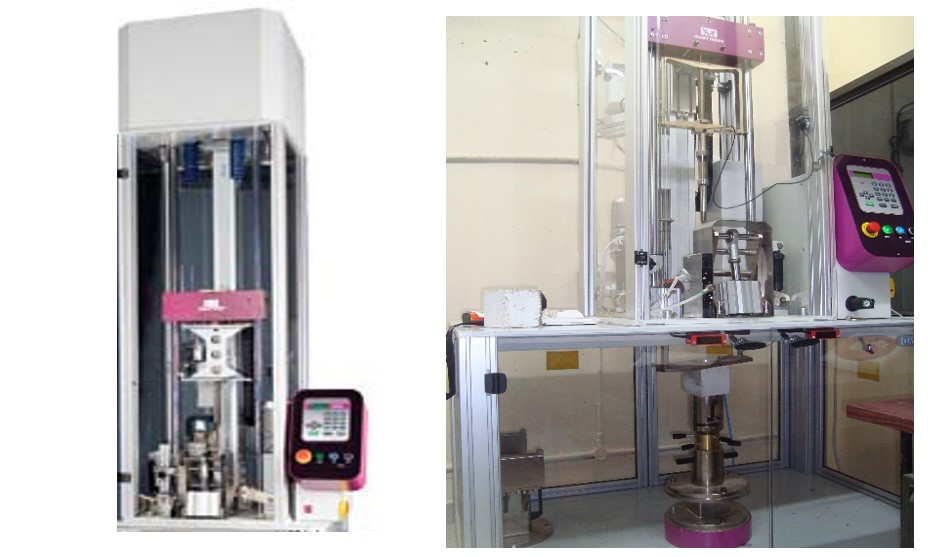
The CEAST 9350 is a floor standing impact system designed to deliver 0.59 -757 J (0.44 - 558 ft-lb) or up to 1,800 J (1,330 ft-lbs) with optional high energy system. As the premier model in the CEAST 9300 line, this model includes many time-saving features and supports a large variety of options – from chambers to extra energy. This versatile instrument can be used to test anything from composites to finished products, and is suitable for a range of impact applications including Compression After Impact (CAI), tensile impact, puncture, Izod, and Charpy.
Salient features:
- High-performance test frames with powerful belt drive and motor system,
- Easy-to-use operator control panel for precision manual control,
- Visual IMPACT Software - for collecting, analyzing, and reporting detailed impact performance data,
- High-speed data acquisition rates: up to 4 MHz simultaneous sampling.
- Optional features such as high-energy configuration, automatic lubrication, anti-rebound, environmental chamber, pivoting specimen loader, and automatic specimen feeding system
Universal Testing Machine Model: Tinius Olsen-H75KSUTM
This Universal Testing Machine is a bench-top type testing machine which can determine tension, compression shear and flexure properties of material. This unit is ideal for testing composites and polymer. Jog speed can be adjusted as per operator’s habituality. Test data fed to PC through inbuilt software (Horizon) can reproduce suitable graphs as per user requirement and can be exported for further investigation.
Salient features:
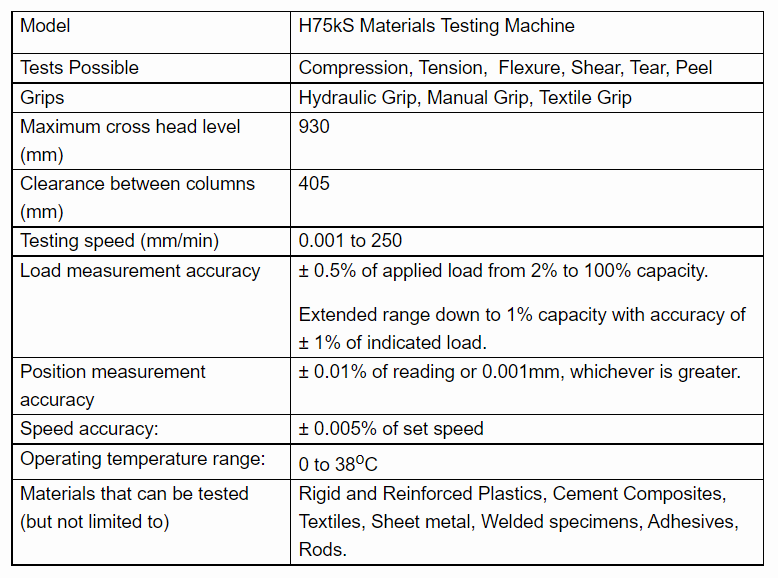
Universal testing machine Tinius Olsen-H75KS
High Performance Computing Facility
High performance computing (HPC-cluster) facility maintained by APSML facilitates the formulation of efficient and reliable computational models for various structural engineering applications. The present HPC cluster named as Bhaskara-I, comprises of 240 cores and GPU embedded graphics card with 3840 cores used for computationally intensive simulations. Most of the advanced softwares namely ANSYS, AUTODYN, ABAQUS, STARCCM+, and OPEN-FOAM, etc, are installed on the centralized HPC cluster to support R&D of all the laboratories within CSIR-SERC.
High-speed gas gun for simulating accidental high strain rate loadings
The gas gun is designed to produce 900 m/s maximum velocity of a 30 gram projectile. It is a two-stage gas gun where the air and helium are compressed to produce the desired impact velocity of projectile. The total length of the gas gun is 14 m and the diameter of the barrel is 20 mm. The gun barrel supports up to 18 mm diameter projectile to be accelerated to the maximum impact velocity with the help of a sabot system. The gas gun is capable of measuring the projectile impact as well as residual velocities. The target fixture can mount a maximum target size of 500 mm × 500 mm. It can also rotate up to 60° for testing the target at oblique impact conditions. Further, the gas gun has a projectile catcher to stop the residual mass and velocity of the projectile. This gas gun setup can evaluate the performance of the various metal alloys and cementitious targets under high strain rate loadings.
Centralised Computing Facility
A high performance computing cluster “Bhaskara1” has been established as a centralised computational facility to meet the simulation needs of the projects being handled by the scientists. The cluster comprises of 1 Head Node, 10 compute Nodes and 1 Storage Node. The hardware is housed in two smart racks. The computing facility will enable numerical simulation of compute-intensive problems such as those involving wave propagation, computational fluid dynamics and shock response of structures. The aim is to contribute to the development of technologies for evolving new / smart materials, formulation of efficient analysis methodologies towards disaster mitigation, condition assessment and health monitoring of structures, etc. In addition, the facility can be used as a backbone for undertaking compute-intensive sponsored research projects and high-end consultancy services.

Cluster-User configuration in High Performance Computing Facility
High-end engineering simulation software are planned to be installed on the cluster. The computing facility also consists of license servers to install floating network licenses of the software which can be accessed across the campus-wide network through Intranet.
The architecture of the computing cluster is
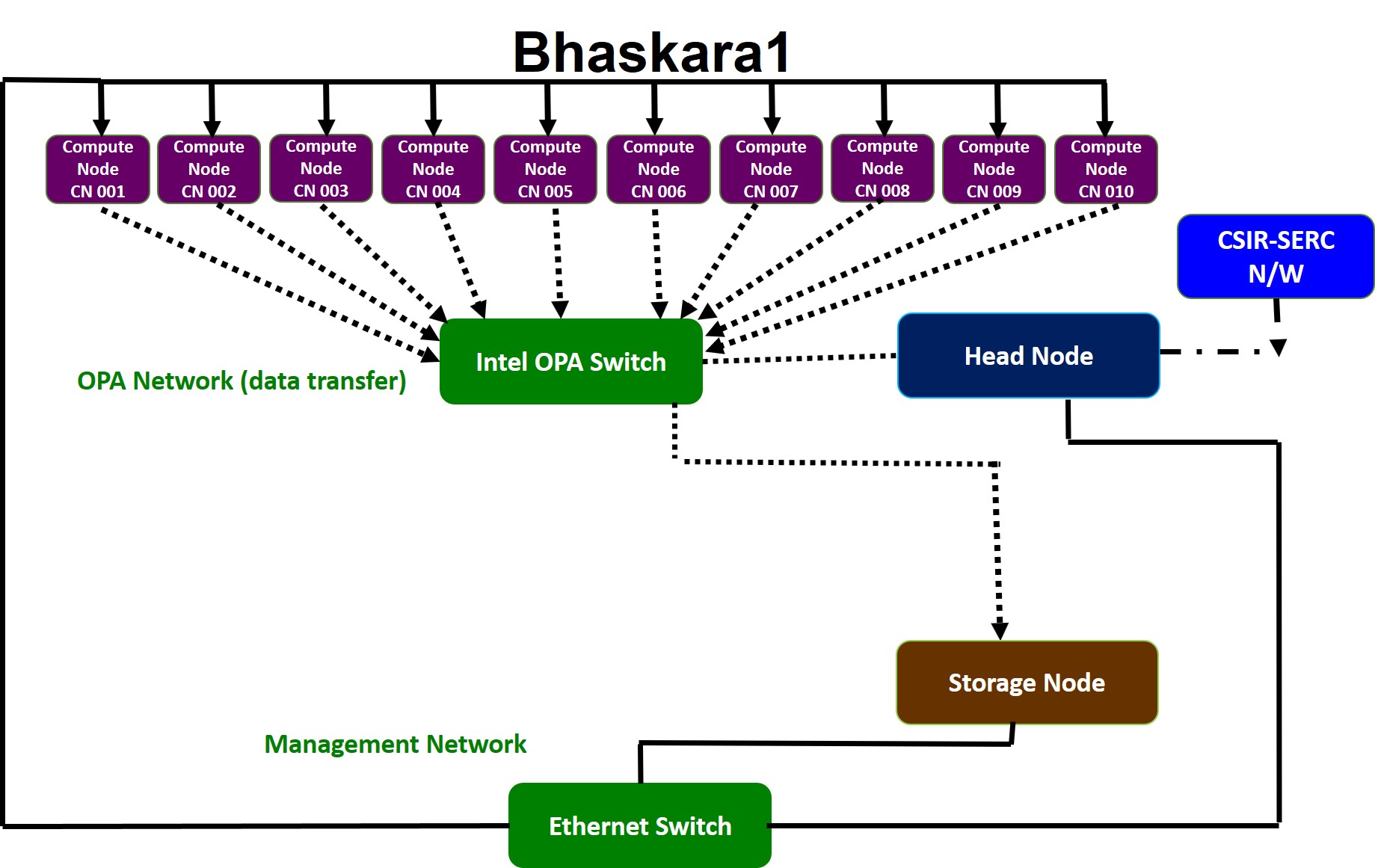
The hardware details are:
Head Node:
Processor: HPE DL380 Gen10 Dual Intel Xeon Gold 6126 @ 2.6GHz/19.25MB cache, 24-cores
RAM: 384 GB Memory, 2 x 480GB SATA Disk @
HDD: 7.2K RPM, 6 x 1.8TB SAS @10K RPM
RAID LEVEL: RAID 5
GPU: NVIDIA Quadro P6000 24GB Graphics Accelerator
Compute Nodes: 10 Nos
Processor: HPE DL360 Gen10 Dual Intel Xeon Gold 6126 @ 2.6GHz/19.25MB cache, 24-cores
RAM: 384 GB Memory
HDD: 480GB SATA Disk @ 7.2K RPM
HPE Cluster Software Stack: HPE Insight Cluster Management Utility v 8.2.4
Storage Node:
Processor: HPE DL380 Gen10 Dual Intel Xeon Gold 6126 @ 2.6GHz/19.25MB cache, 24-cores
RAM: 64 GB Memory, 2 x 480GB SATA Disk @
HDD: 7.2K RPM, 14 x 6TB SATA@7.2K RPM
RAID LEVEL: RAID 5
Interconnect:
Infiniband Switch: 100 Gbps 24-port
Gigabit Ethernet Switch: 1 Gbps 24-port
License Server: 2 Nos
Processor: HPE DL360 Gen10 Intel Dual Xeon Silver 4110 @ 2.1GHz / 11MB cache, 16-cores
RAM: 16 GB Memory
HDD: 1 x 1.8TB SAS@10K RPM
